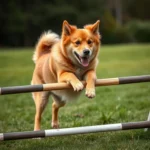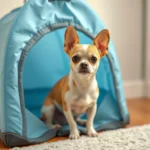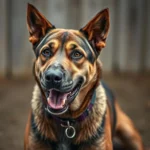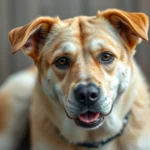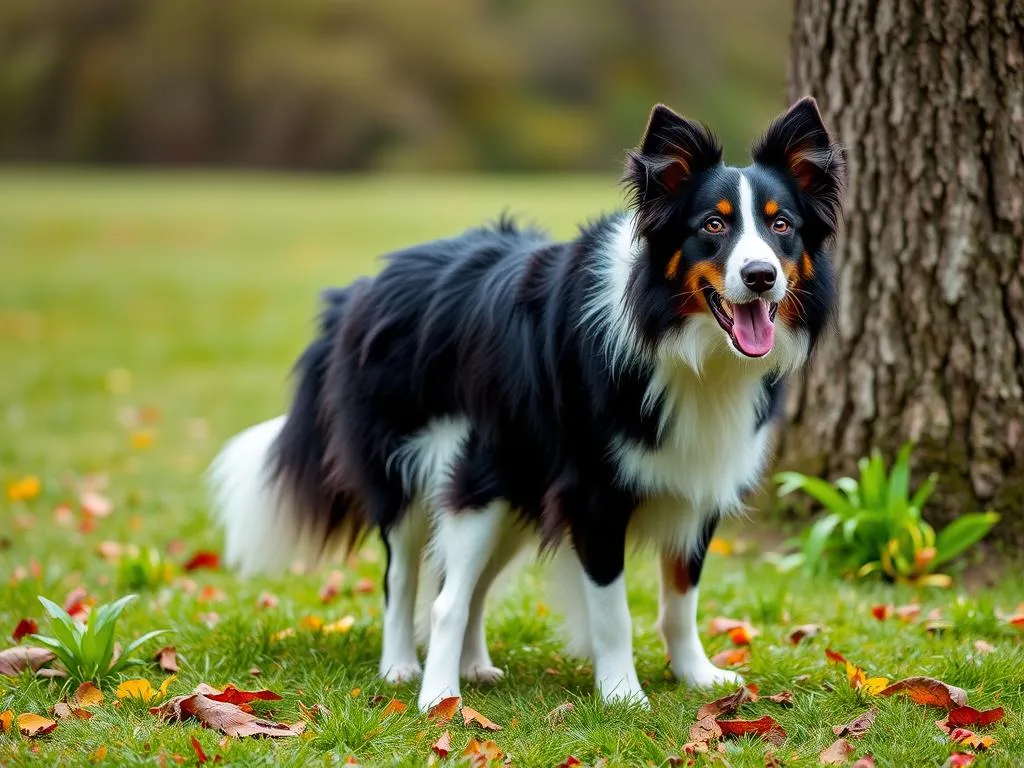
Owning a dog is one of life’s greatest joys, but it comes with its own set of challenges. For Border Collie owners, the journey can be particularly rewarding due to their intelligence and energy levels. However, these same traits can make how to potty train a Border Collie a bit daunting. Potty training is crucial not only for your dog’s well-being but also for your peace of mind. A well-trained dog can enjoy a more fulfilling life and contribute to a harmonious home environment.
Border Collies are known for their remarkable intelligence, making them quick learners, but their high energy means they require consistent training and mental stimulation. This article will guide you through the process of potty training your Border Collie, ensuring a smooth experience for both you and your furry friend.
Understanding Your Border Collie
Characteristics of Border Collies
Border Collies are often considered one of the smartest dog breeds. Their quick learning abilities allow them to grasp commands and tricks faster than many other breeds. However, this intelligence also means they can get bored easily, which is why it’s important to keep training sessions short, engaging, and filled with mental challenges.
Another defining characteristic of Border Collies is their high energy levels. They were originally bred for herding, which requires not just physical stamina but also mental acuity. This breed thrives on activities that stimulate both their body and mind, making regular exercise and playtime essential components of their daily routine.
Lastly, the temperament of a Border Collie is typically friendly and eager to please, but they can also be sensitive. This sensitivity means that positive reinforcement is the most effective method for training, especially when it comes to potty training.
The Importance of Routine
Establishing a consistent routine is essential when potty training your Border Collie. Dogs thrive on predictability, and a regular schedule helps them understand when it’s time to eat, play, and go outside. Consistency in feeding times will lead to predictable bathroom breaks, which aids in the training process.
Recognizing behavior cues is equally important. Border Collies will often exhibit signs that they need to go outside, such as sniffing, whining, or pacing. Learning to recognize these cues can help you respond quickly, reinforcing the training effectively.
Preparing for Potty Training
Essential Supplies
Before you begin potty training your Border Collie, it’s important to gather the necessary supplies.
-
Crate: Crate training can be an effective tool in potty training. It provides a safe space for your dog and encourages them to hold their bladder until they are let outside.
-
Leash and Collar: A leash and collar are essential for outdoor training, allowing you to control your dog during bathroom breaks.
-
Pee Pads and Cleaning Supplies: Accidents will happen, so having pee pads on hand for indoor use can help. Additionally, cleaning supplies that neutralize odors are crucial for preventing repeat accidents in the same spot.
Setting Up a Designated Bathroom Area
Choosing the right spot for your Border Collie to relieve themselves is crucial. Look for a quiet area that is easily accessible and away from distractions. Consistency in location is key; dogs thrive on routine, so always take your Border Collie to the same area when it’s time to go.
Steps for Potty Training Your Border Collie
Establishing a Routine
To successfully potty train your Border Collie, you need to establish a feeding and bathroom schedule. Align feeding times with regular bathroom breaks. For puppies, this might mean going outside every 1-2 hours, while adult Border Collies may only need to go out 3-4 times a day.
Regular outings should occur after meals, naps, and play sessions, as these are common times for dogs to need to relieve themselves.
Positive Reinforcement Techniques
Positive reinforcement is a powerful tool in training your Border Collie. Create a rewards system that involves treats and praise. When your dog goes potty outside, immediately reward them with a treat and enthusiastic verbal praise. This reinforces the desired behavior and encourages them to repeat it.
Timing is critical when using rewards. Make sure to reward your Border Collie right after they finish going outside to ensure they associate their good behavior with the treat.
Recognizing Signs of Needing to Go
Being attentive to your Border Collie’s behavior is vital. Look for signs that indicate they need to go out, such as:
- Sniffing around the house
- Whining or barking
- Circling or pacing
When you notice these cues, respond immediately by taking them outside. This will help them understand that going outside is the right behavior.
Handling Accidents
Accidents are a normal part of the potty training process. It’s crucial to stay calm and avoid punishing your dog, as this can lead to fear and confusion. Instead, focus on cleaning up the mess thoroughly to eliminate any lingering odors. Use an enzymatic cleaner to ensure the scent is removed, as lingering smells can encourage repeat accidents in the same spot.
Troubleshooting Common Issues
Regression in Training
If your Border Collie starts having accidents after they’ve been reliably potty trained, it may be due to changes in routine or stress. Identify potential triggers, such as a new pet in the home or changes in your schedule, and address them accordingly.
Revisit the basics of potty training, reinforcing the schedule and rewards system to get them back on track.
Fear of Outdoor Bathroom Areas
Some Border Collies may develop a fear of going outside for potty breaks, especially if they have had a negative experience. To help your dog acclimate, gradually introduce them to the outdoor area. Allow them to explore the space without pressure, and make bathroom trips enjoyable by incorporating playtime or treats.
Overcoming Stubbornness
Border Collies can exhibit stubbornness during training, particularly if they are not mentally stimulated. Engage them with interactive toys or puzzles to keep their minds active while you reinforce potty training. Adjust your training techniques to find what motivates your specific dog, whether it’s treats, praise, or playtime.
Advanced Potty Training Techniques
Using Clicker Training
Clicker training can enhance the potty training process. A clicker acts as a marker that signals to your dog that they’ve done something right. When your Border Collie goes potty outside, click the clicker and then reward them with a treat. This creates a clear association between the behavior and the reward, reinforcing their learning.
Teaching Commands
In addition to positive reinforcement, teaching your Border Collie specific commands related to potty training can be beneficial. Use verbal cues such as “go potty” or “do your business” consistently when you take them outside. Reinforce these commands with treats and praise when they respond appropriately.
Maintaining Long-Term Success
Continuing the Routine
Once your Border Collie is fully potty trained, consistency remains key. Continue to maintain their potty routine to avoid any potential setbacks. Adjust the schedule as your dog grows, ensuring you accommodate their changing needs.
Regular Vet Check-Ups
Regular veterinary check-ups are important to rule out any health issues that could affect potty training. If your Border Collie suddenly regresses, consult your vet to ensure there are no underlying health concerns. Additionally, consider seeking the help of a professional trainer or behaviorist if you encounter persistent challenges.
Conclusion
Potty training a Border Collie can seem overwhelming, but with patience, consistency, and the right techniques, you can successfully navigate this important phase of dog ownership. Remember to establish routines, utilize positive reinforcement, and be attentive to your dog’s cues.
With time and effort, your Border Collie will be well on their way to being fully potty trained, allowing you both to enjoy a happier and more harmonious life together. Keep in mind that every dog is unique, and it’s essential to tailor your approach to fit your dog’s specific needs and personality. Happy training!


